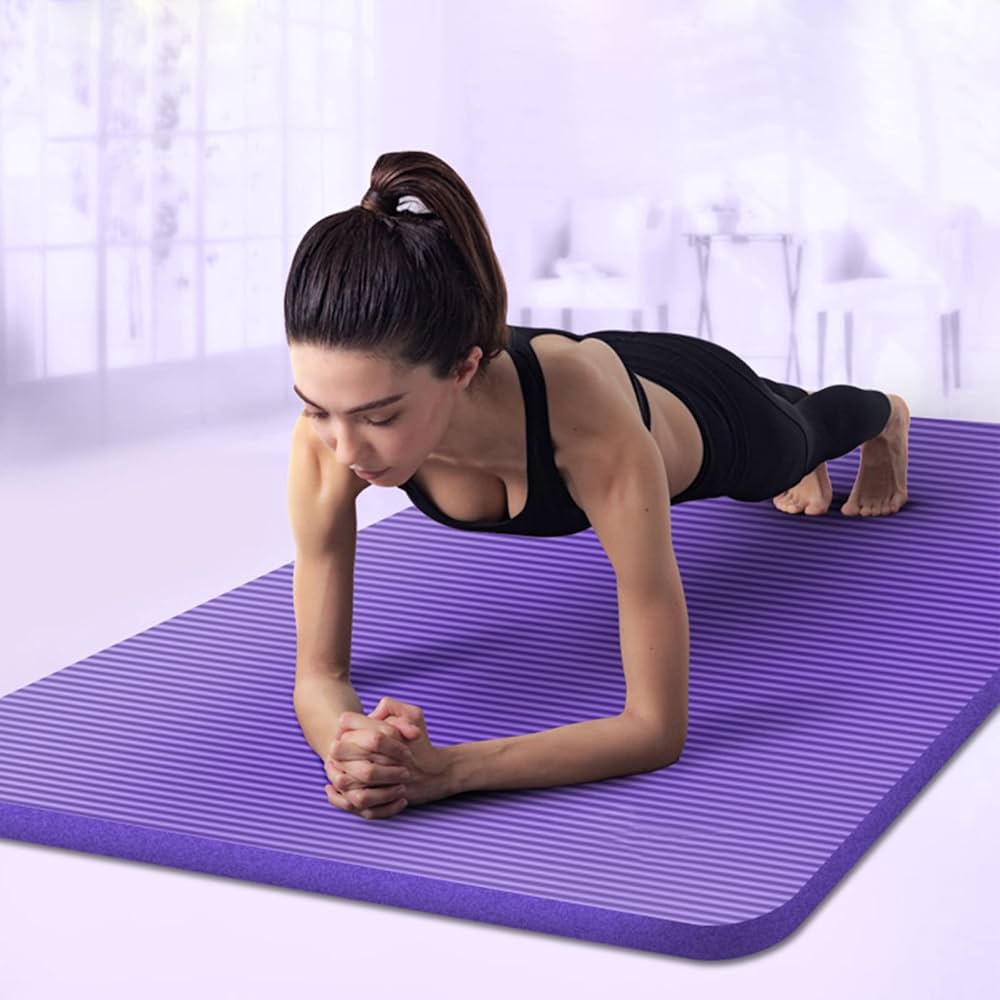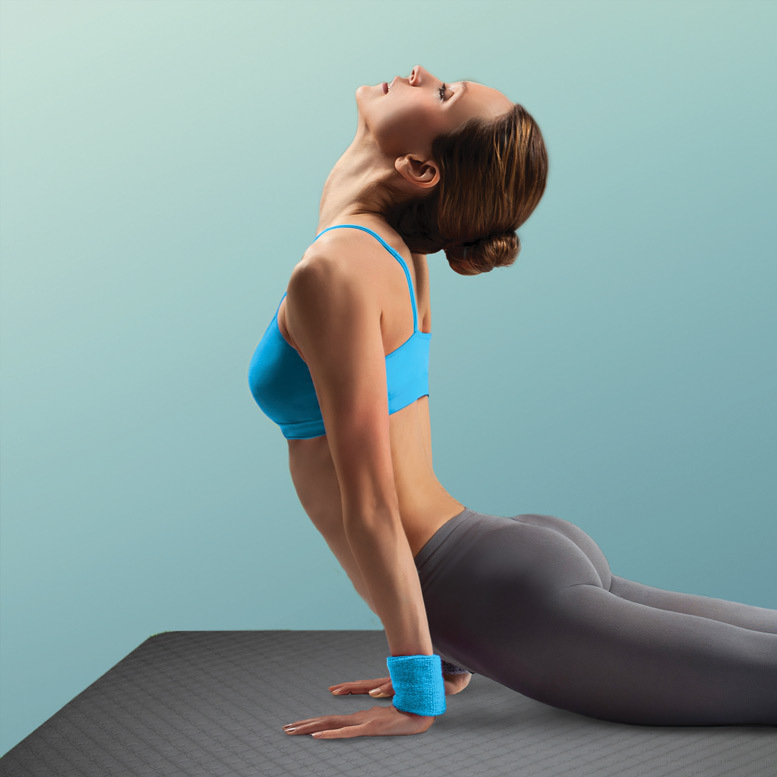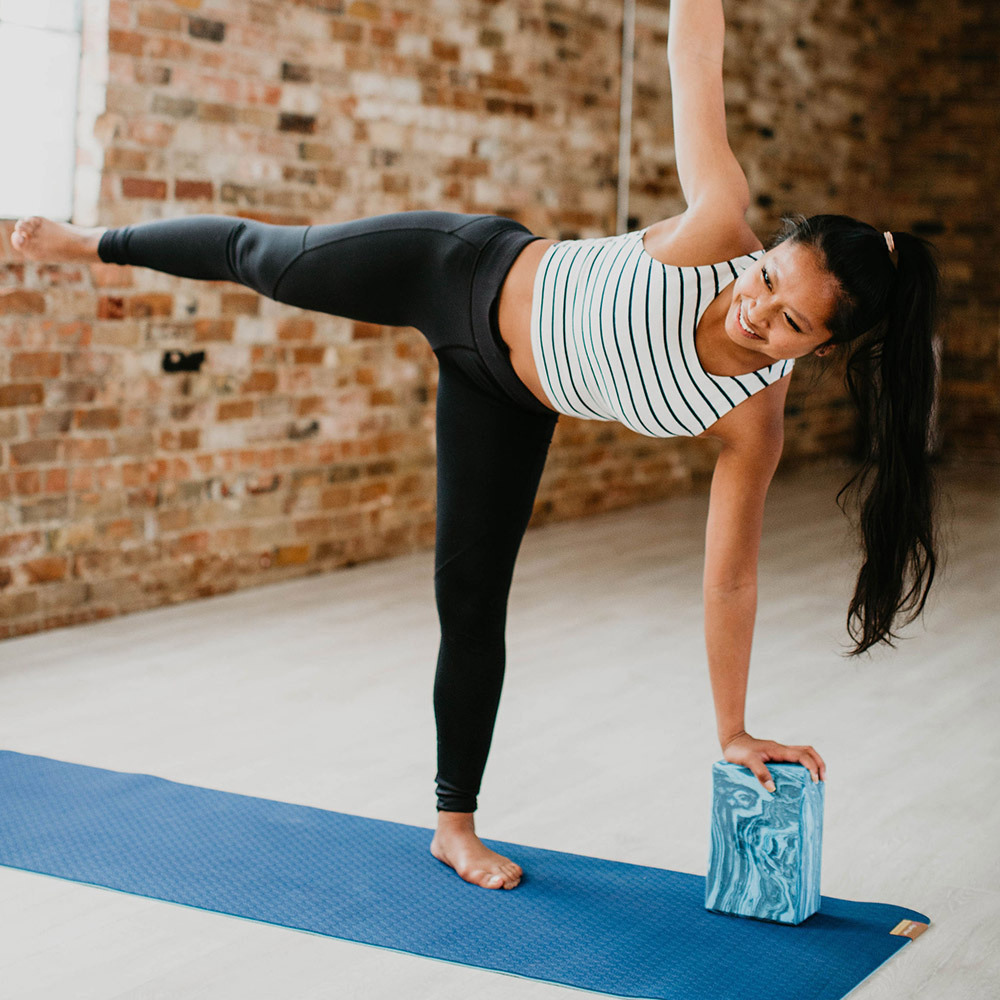The Importance of a Personalized Yoga Practice
The path to a rewarding yoga journey is deeply personal. It requires a practice that reflects your unique needs, goals, and motivations. A personalized yoga practice is not just about performing asanas; it’s about creating a connection with your inner self and finding joy and fulfillment in each movement. Tailoring your routine to suit your individual preferences can lead to a more consistent and satisfying practice.
Finding Your Motivation and Connecting with the Practice
Discovering why you step onto the mat is crucial. Your reason may be to seek calm, improve fitness, or find a spiritual connection. It could also be as simple as enjoying the sensation of movement. Identifying your motivation will help foster a deeper bond with your practice. This connection fuels the drive to return to the mat day after day, making yoga not just an activity but a vital part of your lifestyle. When you’re in tune with your practice, it’s easier to notice the subtle shifts in energy and mood, leading to a richer yoga experience.
Incorporating On the Mat Yoga into Your Fitness Regimen
Complementing Other Workouts with Yoga
Integrating yoga into your existing fitness routine can bring a wealth of benefits. It balances the intensity of other workouts, like lifting weights or cardio sessions. Yoga’s stretches can reduce muscle stiffness and improve recovery time, making your body more resilient to injuries. Practices such as Vinyasa or Power Yoga can also offer strength-building and heart-pumping elements, creating a comprehensive exercise experience. Use yoga to round off your workout regimen, improve overall fitness, and achieve a well-balanced athleticism.
Adapting Yoga for Home or Travel
Yoga’s versatility makes it ideal for maintaining your fitness routine, whether you’re at home or on the move. With minimal space and just a mat, you can establish a personal sanctuary for yoga anywhere you are. Online classes, yoga apps, or even self-guided sequences give you flexibility and control over your practice. While traveling, use shorter, more focused sessions to stay consistent. Remember that consistency is key to progress, and on the mat yoga provides an accessible way to keep your practice thriving, wherever life takes you.
Selecting the Perfect Yoga Mat for Your Practice
Finding the right yoga mat can elevate your practice significantly. It’s not just about aesthetics; the mat’s material, thickness, and grip all play pivotal roles in your yoga experience. When selecting a mat, consider these elements carefully to ensure your comfort and stability during each session.
Considering Material, Thickness, and Grip
The material of your yoga mat should offer a balance between cushioning and firmness. Natural rubber mats, for instance, provide excellent grip and are ideal for practices that involve a lot of sweat, such as hot yoga. If you’re allergic to latex found in natural rubber, PVC or TPE mats are good alternatives that also offer decent grip and durability.
Thickness is another key factor. A too-thin mat might not provide enough cushioning for your joints, while a too-thick mat can compromise your balance. Generally, a thickness of around 3 to 5 millimeters is a good compromise that offers both support and stability.
Grip is essential to prevent slipping and sliding during your practice. Look for mats with textured surfaces or those designed with a fine pattern to enhance traction, especially if you tend to have sweaty hands and feet.
Eco-Friendly Options and Long-lasting Durability
Many yogis now prefer eco-friendly options, such as mats made from sustainable materials that have a lower environmental impact. Cork and jute are renewable resources that make great eco-friendly mats. These materials are not only good for the planet but also add a natural feel to your practice.
Durability is crucial – choose a mat that can withstand regular practice without wearing down quickly. High-quality, dense materials might be more expensive initially, but they tend to last longer, making them a smarter investment in the long run. Proper care and maintenance, like regular cleaning and avoiding prolonged sun exposure, can also extend the life of your mat.
Structuring Your On the Mat Yoga Sessions
Creating a structured yoga session is pivotal in maximizing the benefits of your practice. A balanced session will typically blend elements of strength, flexibility, and cardiovascular workouts. It ensures that each session contributes towards holistic health, catering to the body’s varied needs.
Balancing Strengthening, Stretching, and Aerobic Exercises
Incorporating strength-focused poses, such as Warriors or Planks, into your routine builds muscle and stability. These poses challenge and engage different muscle groups, fostering physical strength. Pairing these with stretching exercises like Forward Folds and Downward Dogs promotes flexibility, helping to prevent injuries by maintaining muscle elasticity. Aerobic movements, found in sequences like Sun Salutations, stimulate cardiovascular health, enhancing endurance and circulation.
Each pose or sequence should be held or repeated long enough to challenge the body while still being mindful of personal limits. Listen to your body, and remember that rest is also essential for recovery and progress.
The Role of Warm-Ups and Cool-Downs
The importance of beginning and ending your session properly cannot be overstated. Warm-ups gradually increase your heart rate and prepare your muscles for the workout ahead. Starting your practice with gentle stretches and simple poses wakes up the body and sets a mindful tone for the session. Cool-downs, on the other hand, signal your body to begin the recovery process. Gentle, restorative poses and deep breathing exercises help lower the heart rate, reduce muscle tension, and transition the mind into a state of relaxation. Incorporating warm-ups and cool-downs is a practice that safeguards against strain and aids in assimilating the full benefits of yoga.
Exploring the Types of Yoga for On the Mat Practice
Yoga comes in many forms, offering diverse benefits. Exploring various styles helps find the right fit for your needs.
The Variety Offered by Different Yoga Styles
Different yoga styles cater to varied interests and goals. For example, Vinyasa focuses on fluid movement and breath. Hatha is slower, perfect for beginners. Ashtanga is for those seeking challenge and structure, while Kundalini aims to awaken spiritual energy. Exploring these will enrich your on the mat yoga experience, giving you options to refresh your routine.
Benefits of Focused Yoga Practices like Hot Yoga or Restorative Yoga
Focused yoga practices address specific needs. Hot Yoga, performed in a heated room, intensifies workouts, aiding in detox and flexibility. Restorative Yoga uses props for support, emphasizing relaxation and stress relief. These practices can significantly impact your physical and mental well-being, enhancing your on the mat yoga sessions.
The Physical and Mental Benefits of Regular Yoga Practice
Engaging in regular on the mat yoga practice yields countless physical and mental benefits that enrich your life. Steadily working through yoga poses, you naturally enhance your body’s flexibility, building strength in muscles little used in daily activities. Emotionally, yoga serves as an anchor, providing mental clarity and a path to inner peace amidst life’s chaos.
Enhancing Flexibility, Strength, and Mental Clarity
What begins as a physical pursuit soon transforms into a journey of self-discovery. Each stretch and pose works your body, increasing flexibility. Strength blossoms not just in muscles but in perseverance and willpower. As the body moves, the mind clears, making way for heightened focus and mental acuity. You start to notice the subtleties of body and breath, finding clarity in the quiet moments of your practice.
Yoga as a Tool for Stress Relief and Mindfulness
Beyond the physical, yoga is a potent tool for stress relief. It encourages a focus on the present moment, a mindfulness that slowly seeps into daily life. Stress dissolves with every exhalation, and as you roll up your mat, a sense of calm remains. Yoga’s breathing exercises and meditative poses serve to ground you, making stress more manageable and promoting an overall sense of well-being.
Accessories to Enhance Your On the Mat Yoga Experience
In addition to your mat, props and apparel can uplift your yoga sessions.
Using Props like Blocks and Straps for Support
Props like blocks and straps can make a huge difference in your practice. Here’s how:
- Blocks: They provide the support and height needed for certain poses, making them more accessible. Whether you’re working on flexibility or strength, blocks help you maintain proper alignment.
- Straps: They assist in stretching and reaching in poses that might be just out of grasp. Straps can help you achieve a deeper stretch without straining, which can improve your overall flexibility.
- Bolsters and cushions: These can offer extra support and comfort, especially in restorative or prenatal classes. They help create a relaxed posture and ease pressure on the joints.
The Impact of Quality Mats and Apparel on Practice
A good mat and the right clothing impact your yoga experience.
- High-quality mats: A durable and grip-friendly mat prevents slipping and offers better support.
- Apparel: Breathable and adjustable yoga clothing allows for a full range of movement. It should be snug but not restrictive, so you can focus on your poses, not your outfit.
- Towels and mat covers: For hot yoga or intense sessions, a towel or mat cover can absorb sweat. This keeps your mat dry and helps prevent slipping.
- Water bottles and cooling gear: Stay hydrated and comfortable throughout your session. Specially designed bottles and cooling clothes can help regulate body temperature.
By selecting the right accessories and attire, you can push limits safely and comfortably.



